The Rumely Companies, which operated in La Porte, Indiana, from 1853 to 1931, produced a variety of equipment including threshers and steam engines, which helped to change the nature of American and world agriculture. The revolutionary OilPull Tractor, which was introduced in 1910, used a unique carburetion system developed by John Secor, the Company's Chief Engineer. The OilPull tractor efficiently converted a low cost petroleum product to mechanical power, greatly reducing the need for animal and steam power on American farms. Dr.
1910
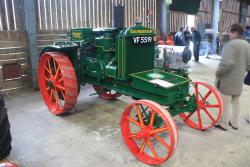
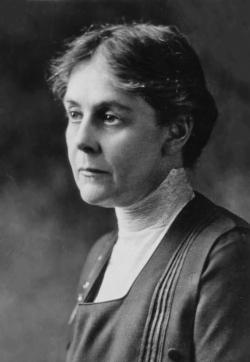
In 1897, Dr. Alice Hamilton (1869-1970) came to Hull-House, a social settlement founded to address the needs of immigrants living on Chicago’s Near West Side. Through living and working in the Hull-House neighborhood, she identified occupational diseases plaguing those who worked in the “dangerous trades”: rubber, dyes, lead, enamelware, copper and mercury production, and explosives and munitions. Collaborating with the U.S. Department of Labor, Hamilton documented the occupational diseases from which these workers suffered.
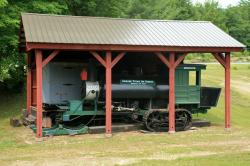

The Charles River Basin was one of the pioneering environmental engineering projects in America. The project transformed 675 acres of unhealthy and unsightly salt marshes and tidal flats were into an environmental centerpiece for the Boston area by 1910. This was one of the first public projects to radically improve the environment and has served as a model for similar projects around the nation.
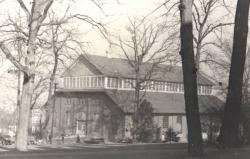
In 1907, John Fritz, known as the "Father of the Steel Industry in the United States," rejoined the Lehigh University Board of Trustees after an absence of a decade. He began the development of what would prove to be his greatest gift to Lehigh: a modern engineering laboratory and funding for its construction.
Innovations
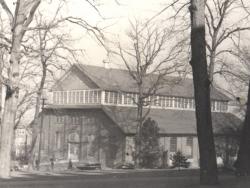
In 1907, John Fritz, known as the "Father of the Steel Industry in the United States," rejoined the Lehigh University Board of Trustees after an absence of a decade. He began the development of what would prove to be his greatest gift to Lehigh: a modern engineering laboratory and funding for…
Read More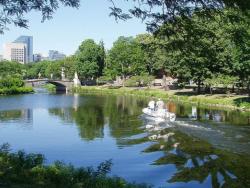
The Charles River Basin was one of the pioneering environmental engineering projects in America. The project transformed 675 acres of unhealthy and unsightly salt marshes and tidal flats were into an environmental centerpiece for the Boston area by 1910. This was one of the first public projects…
Read More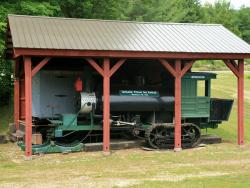
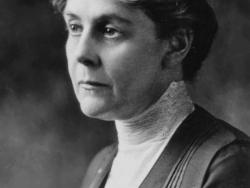
In 1897, Dr. Alice Hamilton (1869-1970) came to Hull-House, a social settlement founded to address the needs of immigrants living on Chicago’s Near West Side. Through living and working in the Hull-House neighborhood, she identified occupational diseases plaguing those who worked in the “…
Read More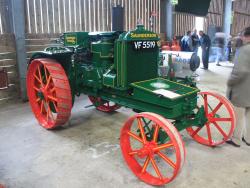
The Rumely Companies, which operated in La Porte, Indiana, from 1853 to 1931, produced a variety of equipment including threshers and steam engines, which helped to change the nature of American and world agriculture. The revolutionary OilPull Tractor, which was introduced in 1910,…
Read More

